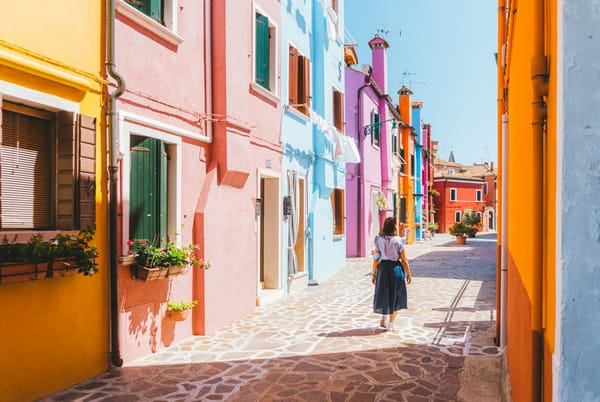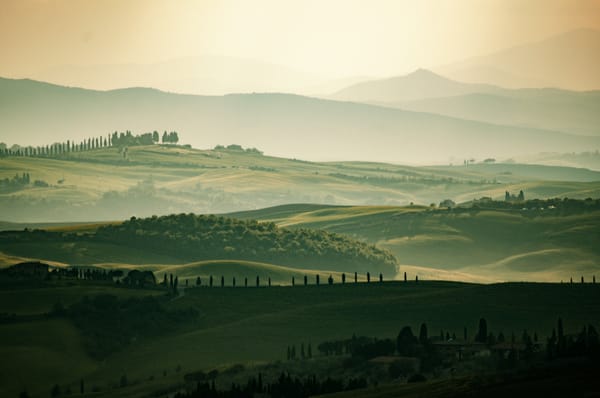A first trip to Italy is often the culmination of a lifelong dream. It’s a journey fueled by images of ancient Roman ruins basking in the golden hour, Renaissance art that stirs the soul, and plates of pasta that promise culinary nirvana. The sheer weight of these expectations, combined with the complexities of navigating a new culture, can lead even the most meticulous planner into common pitfalls. These aren't just minor inconveniences; they are missteps that can distance a traveler from the authentic, deeply rewarding experience they seek.
Understanding these potential errors is the first step toward a more profound and seamless journey. This guide is designed to be a trusted companion in that process, offering practical, in-depth advice to help the traveler bypass the superficial and connect with the true heart of Italy. By avoiding these frequent mistakes, one can transform a great trip into an unforgettable one, marked by genuine discovery and a true sense of place.
The pitfalls of planning and pacing your first Italian trip
The foundation of a successful Italian sojourn is a well-considered plan. However, enthusiasm can often lead to overly ambitious itineraries and logistical oversights that breed stress rather than wonder.
Mistake 1: Over-scheduling the itinerary
The single most common error is attempting to see too much in too little time. The allure of ticking off Rome, Florence, Venice, the Amalfi Coast, and Cinque Terre in a ten-day span is powerful, but it is a recipe for exhaustion. This approach reduces a journey of discovery to a frantic checklist, where time is spent in transit rather than in immersion. The result is a superficial glance at many places but a genuine connection with none. Italy’s rhythm is inherently slower; it’s a culture that champions the dolce far niente—the sweetness of doing nothing. Rushing through it is a fundamental misunderstanding of its essence.
- The Authentic Alternative: Embrace a "less is more" philosophy. For a typical 10 to 14-day trip, concentrate on two, or at most three, distinct regions. This allows for deeper exploration. Instead of just seeing the Colosseum in Rome, there is time to wander through the adjacent Monti neighborhood, discover a local artisan’s workshop, and enjoy a leisurely, unplanned afternoon coffee. This slower pace allows for serendipity—the unscripted moments that become the most cherished memories. It provides the space to truly absorb the atmosphere, notice the details, and engage with the local culture beyond the main attractions.
- Seven days could be a good introduction to the Bel Paese, but to get a good impression of Italy, we strongly recommend planning for at least 14 days. You can find some ideas here.
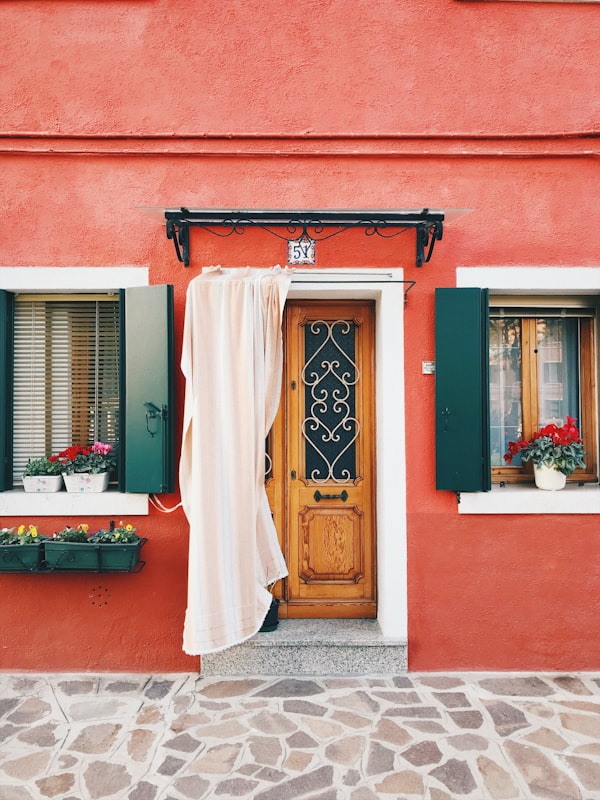
Mistake 2: Underestimating travel time
A map can be deceiving. While Italy may appear geographically compact, travel between cities and regions is time-consuming. A train journey from Venice to Florence, for example, is not merely the 2-hour ride itself. It involves packing, checking out of the hotel, navigating to the Santa Lucia station, locating the correct platform, the journey, and then repeating the process in reverse upon arrival in Florence. This can easily consume half a day or more. Ignoring this "hidden" travel time leads to frustratingly tight connections and a constant feeling of being behind schedule.
- The Authentic Alternative: When planning, allocate a minimum of half a day for any travel between major cities. Use a detailed planner to block out travel from door to door, not just station to station. Consider this transit time as part of the experience itself. Italy’s high-speed trains (Frecce) are modern and efficient, offering scenic views of the countryside. Treating the journey as a moment to relax, read, and observe the changing landscape transforms it from a logistical chore into a pleasant interlude. For shorter distances within a region, like Tuscany, factor in the winding country roads and the potential for delightful, unplanned stops.
Mistake 3: Neglecting to pre-book major tickets
For the independent traveler who values autonomy, the idea of booking everything in advance might seem restrictive. However, for Italy’s most iconic sites—the Uffizi Gallery in Florence, the Vatican Museums in Rome, or Leonardo da Vinci's Last Supper in Milan—failing to book tickets well in advance is a critical error. Queues can stretch for hours, consuming precious vacation time that could be spent elsewhere. In the case of The Last Supper, tickets can sell out months ahead, meaning a spontaneous visit is simply not possible.
- The Authentic Alternative: Identify the "non-negotiable" sites on the itinerary and book tickets online directly from the official websites several weeks, or even months, before the trip. This is not a compromise of spontaneity but a strategic move that enables it. By securing a 9:00 AM entry to the Vatican Museums, for example, one frees up the rest of the day for aimless wandering through Trastevere or exploring the Borghese Gardens. Be wary of third-party resellers that charge exorbitant markups; always seek out the official (ufficiale) ticket office online.
Mistake 4: Driving in the wrong places
Renting a car in Italy can be a dream, unlocking the rolling hills of Tuscany or the dramatic coastline of Sicily. However, driving it into the historic center (centro storico) of almost any Italian city is a guaranteed nightmare. These areas are typically designated as a Zona a Traffico Limitato (ZTL), or Limited Traffic Zone. Unmarked by anything more than a sign, these zones are monitored by cameras that automatically issue hefty fines to unauthorized vehicles. These fines are often sent to the rental car company and then forwarded to the driver months later, creating a frustrating and expensive post-script to the vacation.
- The Authentic Alternative: A hybrid approach to transportation is most effective. Use Italy’s good train network to travel between major cities. Rent a car only for the days dedicated to exploring the countryside. Pick up the rental car on the way out of a city—for instance, at the Florence airport rather than a downtown location. When visiting smaller towns, park in the designated lots outside the historic walls and walk into the center. This approach combines the efficiency of rail for long distances with the freedom of a car for rural exploration.
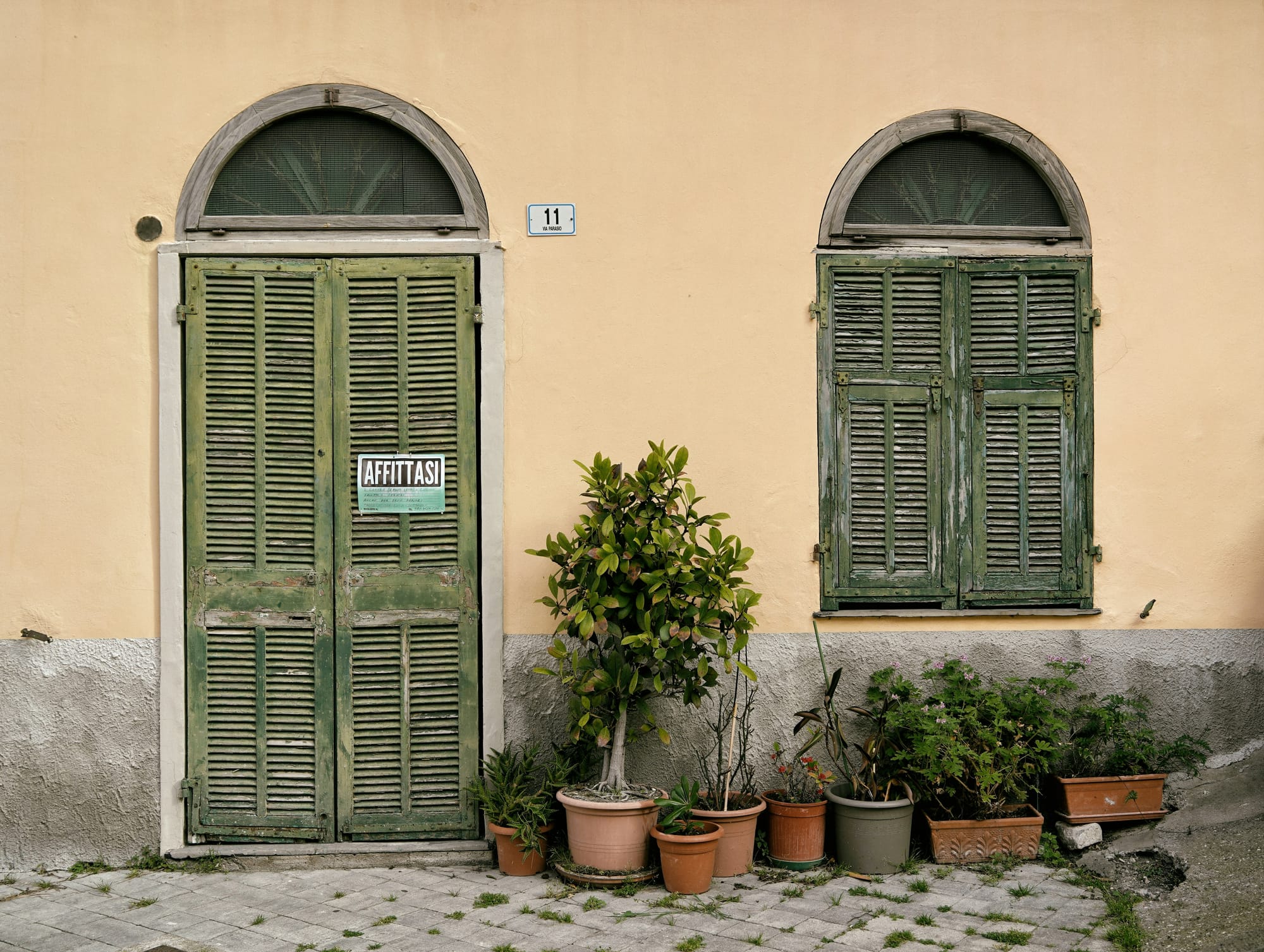
Culinary missteps and finding authentic Italian food
Italian food is a universe unto itself, governed by tradition, region, and respect for ingredients. For the visitor, navigating it can be as complex as it is delicious.
Mistake 5: Eating near major tourist attractions
The restaurants flanking the Pantheon or lining St. Mark's Square often share common traits: multilingual menus with pictures, persistent hosts trying to lure patrons in, and mediocre, overpriced food. These establishments cater to a transient tourist crowd, not to locals. Dining here might be convenient, but it is a culinary injustice, a pale imitation of the real thing.
- The Authentic Alternative: The "two-street rule" is a reliable guide: walk at least two streets away from any major tourist attraction before considering a meal. Look for places where the menu is only in Italian (or has a very basic English translation), where the patrons appear to be locals, and where the offerings are concise. A short menu is often a sign of a kitchen focused on fresh, seasonal ingredients. Seek out the trattoria (a family-run, less formal restaurant) or an osteria (originally a simple tavern, now often serving simple, traditional food) for a more genuine experience.
Mistake 6: Misunderstanding Italian coffee culture
Ordering a "latte" will result in a glass of cold milk. Asking for a cappuccino after 11:00 AM will elicit a look of gentle confusion, if not outright concern. In Italy, cappuccino is strictly a breakfast beverage, its milky richness considered too heavy to be consumed after a meal. Coffee culture is a ritual with its own set of unwritten rules.
- The Authentic Alternative: Embrace the Italian way. In the morning, enjoy a cappuccino and a cornetto (the Italian cousin of the croissant), usually standing at the banco (bar). This is the quickest, cheapest, and most authentic way to partake. For a caffeine fix later in the day, order un caffè, which is a single, strong shot of espresso. If a longer coffee is desired, ask for a caffè lungo (espresso with more hot water) or a caffè americano (espresso in a larger cup with hot water on the side). When paying, it is customary to pay the cashier first (alla cassa) and then take the receipt to the barista to place the order.
- Dive deeper into the world of Italian coffee culture with this comprehensive article.

Mistake 7: Expecting an American-style breakfast
Travelers accustomed to a hearty breakfast of eggs, bacon, and pancakes will find the Italian version starkly different. The traditional Italian breakfast (colazione) is a simple, sweet affair: a coffee and a pastry. While many hotels now offer international buffet breakfasts to cater to tourists, clinging to this expectation can mean missing out on a quintessential local custom.
- The Authentic Alternative: Start the day like an Italian. Step into a local pasticceria or bar and select a pastry from the glass case. This could be a cornetto, a sfogliatella in Naples, or a maritozzo in Rome. Paired with a freshly made cappuccino, it’s a simple, elegant, and inexpensive way to begin the day. This light start also has a practical benefit: it leaves ample appetite for the substantial lunch (pranzo) and dinner (cena) that are the true culinary highlights of the Italian day.
Mistake 8: Ignoring regional food specialties
Ordering Spaghetti alla Bolognese in Venice or Pesto Genovese in Sicily is a tell-tale sign of a traveler disconnected from Italy's fierce culinary regionalism. Italian cuisine is not monolithic; it is a tapestry of 20 distinct regional cuisines. Each region, and often each town, has its own protected specialties based on local history, climate, and agriculture. Ignoring this is to miss the very soul of Italian food.
- The Authentic Alternative: Research the local dishes before visiting a region. In Rome, look for cacio e pepe, carbonara, or amatriciana. In Tuscany, seek out bistecca alla fiorentina or ribollita. In Sicily, indulge in pasta alla norma or arancini. Let the local geography be the guide. On the coast, focus on fresh seafood. In the mountains, look for dishes with mushrooms, truffles, and cured meats. This approach not only guarantees a better meal but also provides a deeper understanding of the local culture and history.

Cultural faux pas and navigating social graces in Italy
Navigating a different culture requires awareness and respect. Avoiding a few common social blunders can significantly enhance interactions and foster a sense of connection.
Mistake 9: Tipping incorrectly (or too much)
Coming from a culture where tipping 20% is standard, many travelers over-tip in Italy. Tipping culture in Italy is vastly different. Service staff are paid a full salary, and a tip is seen as a small bonus for exceptional service, not an obligation to supplement low wages. While leaving a large tip might seem generous, it can sometimes be perceived as ostentatious or even a misunderstanding of local customs.
- The Authentic Alternative: First, check the bill for a servizio (service charge), which is sometimes included, particularly in tourist-heavy areas. If it is, no further tip is necessary. Also, look for the coperto (cover charge), which is a per-person charge for the bread and place setting; this is not a tip. For excellent service at a restaurant, rounding up the bill or leaving one or two euros per person in cash on the table is a perfectly acceptable and appreciated gesture. For a coffee at a bar, leaving the spare 10 or 20 cents on the counter is common. A large tip is not expected.
Mistake 10: Dressing inappropriately, especially for churches
Italy is a fashion-conscious country, but this is less about high fashion and more about presenting oneself with a degree of care, or la bella figura. More importantly, there is a strict dress code for entering churches and religious sites, including St. Peter's Basilica and the Duomo in Florence and Milan. Visitors with bare shoulders, shorts, or short skirts will be denied entry.
- The Authentic Alternative: When sightseeing for the day, plan for potential church visits. This doesn't require dressing formally, but it does require modesty. Knees and shoulders should be covered. Carrying a light scarf or pashmina is an excellent, versatile solution for women to quickly cover their shoulders before entering a church. For men, wearing trousers or long shorts is advisable on days when major religious sites are on the itinerary. Beyond churches, adopting a "smart casual" approach will help in blending in more seamlessly.
Mistake 11: Assuming everyone speaks english
In major tourist centers, English is widely spoken in hotels, restaurants, and shops. However, step outside these bubbles—into a family-run trattoria, a local market, or a small town—and this is often not the case. Assuming universal English proficiency and making no effort to speak the local language can come across as entitled and can create a barrier to genuine interaction.
- The Authentic Alternative: Learn a few key Italian phrases. No one expects fluency, but the effort is deeply appreciated and can transform an interaction from transactional to personal. Simple greetings like buongiorno (good morning), buonasera (good afternoon/evening), and grazie (thank you) are essential. Learning to say per favore (please), scusi (excuse me), and non capisco (I don't understand) goes a long way. This small linguistic effort shows respect for the culture and opens the door to warmer, more authentic encounters.
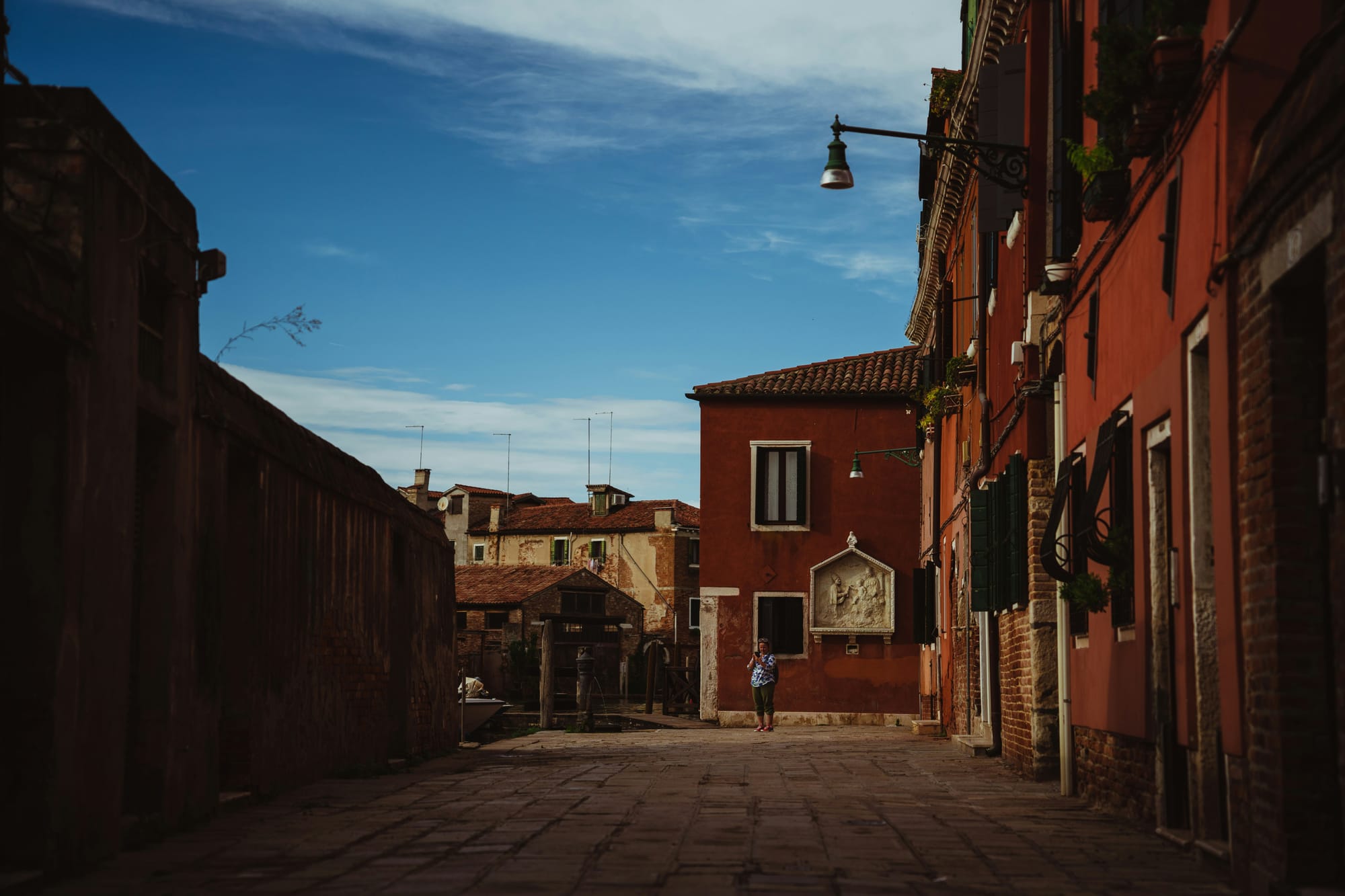
A first trip to Italy is an investment of time, resources, and dreams. The difference between a standard tourist trip and a deeply personal journey of discovery often lies in avoiding these common, well-intentioned mistakes. By planning with intention, pacing the journey thoughtfully, and engaging with the culture respectfully, the traveler can move beyond the surface.
This means trading a packed itinerary for the luxury of time, seeking out the quiet trattoria over the bustling tourist trap, and learning a few words of Italian to connect with its people. It is about understanding that the true magic of Italy is not found in a checklist of sights, but in the quiet moments in between: the morning ritual of a cappuccino at the bar, the unexpected conversation with a shopkeeper, the breathtaking view discovered on a leisurely, unplanned walk. By embracing this mindset, a traveler doesn't just visit Italy—they experience it.






